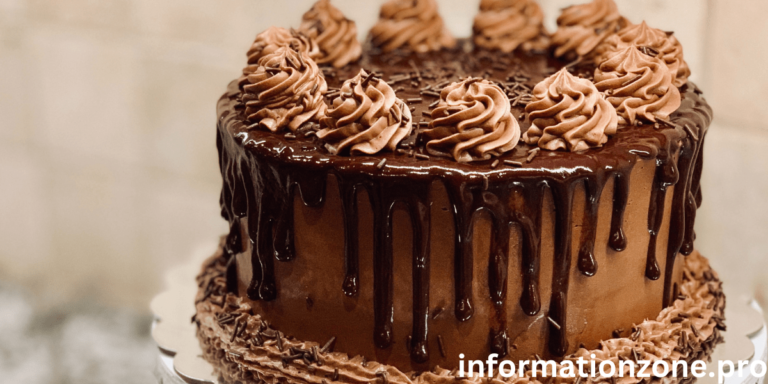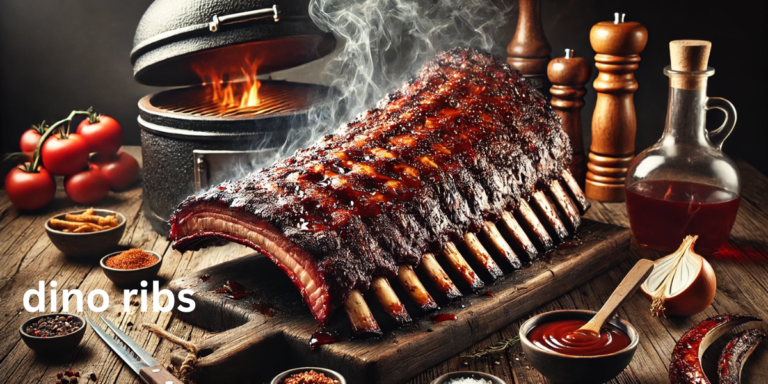7 Tips for Brewing the Best Japanese Green Tea
Introduction
Japanese green tea is an experience that engages all of your senses, not just a beverage. From its vivid color to its subtle scent, each cup narrates a tale of tradition and skill. If you’ve ever had this wonderful beverage, you know it’s unique. Whether you’re new to Japanese green tea or want to deepen your appreciation for this age-old tea, knowing how to make it correctly can enhance your experience. This blog post will walk you through the essential steps for making the best Japanese green tea at home, including what makes it different from other teas, how to choose the type that suits your taste buds, and how to master the subtleties of water temperature and steeping times.
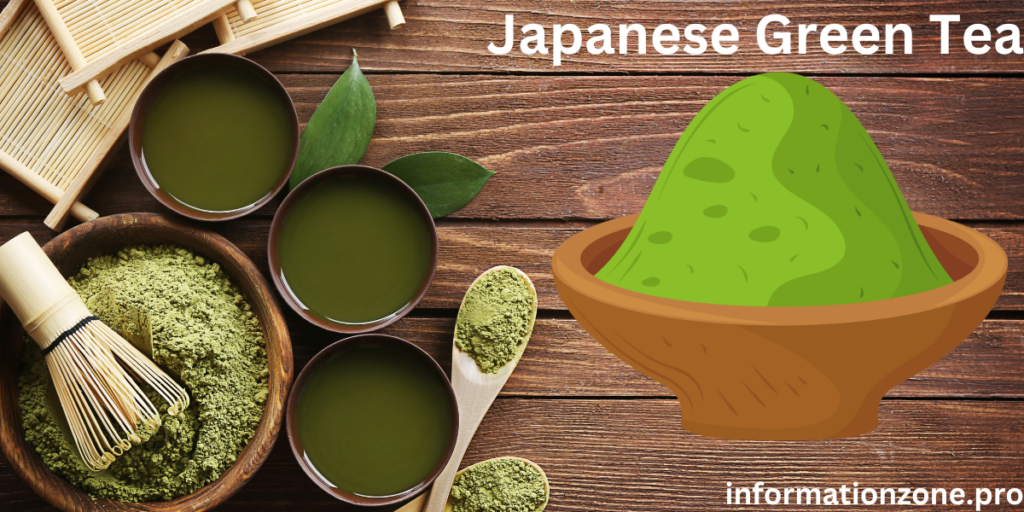
The distinction between Japanese Green Tea and other forms of tea
Japanese green tea’s distinctive processing techniques are the main reason it differs from other teas. Japanese green tea is steamed soon after harvest, in contrast to black or oolong tea, which is fermented. This maintains the fresh flavor and vivid green color.
Another important factor is the type of leaves that are used. Well-known varieties such as Japanese Sencha, Matcha, and Gyokuro each have unique flavors and health advantages that distinguish them from conventional Western teas.
Furthermore, for some types, shade-growing methods are frequently emphasized in Japanese gardening practices. In contrast to more astringent Western teas, this improves the amino acid concentration and results in a sweeter taste.
Japanese green teas typically have a grassy or vegetal flavor in terms of scent and mouthfeel, which is very distinct from the floral undertones present in many European mixes. Every cup narrates a tale rooted in careful craftsmanship and cultural tradition.

How to pick the best green tea from Japan
Selecting the best Japanese green tea can be a fun experience. Think about your personal preferences first. Do you prefer a delicate, flowery flavor or one that is green and umami?
Next, investigate various types. Matcha provides a creamy texture and vivid color, while Sencha is well-known for its refreshing properties. Many people can’t resist the sophisticated sweetness that gyokuro offers.
Be mindful of quality indicators as well. Bright green leaves with a crisp scent are ideal; drab hues may indicate inferior quality. Purchasing from reliable suppliers guarantees that the goods you purchase are genuine.
Your choosing process will be successfully guided by your intended use of the tea, whether it is for ceremonial purposes or for informal enjoyment. Enjoy the variety of tastes that Japanese green tea has to offer!
The significance of brewing time and water temperature
The brewing time and water temperature are essential for bringing out the subtle tastes of Japanese green tea. The final taste is significantly influenced by the particular requirements of each variety.
Gyokuro, for instance, needs to be brewed with colder water, about 50–60°C (122-140°F). Its delightful umami overtones are preserved as a result. Sencha, on the other hand, prefers somewhat hotter water (about 70–80°C; 158–176°F), which intensifies its grassy scent.
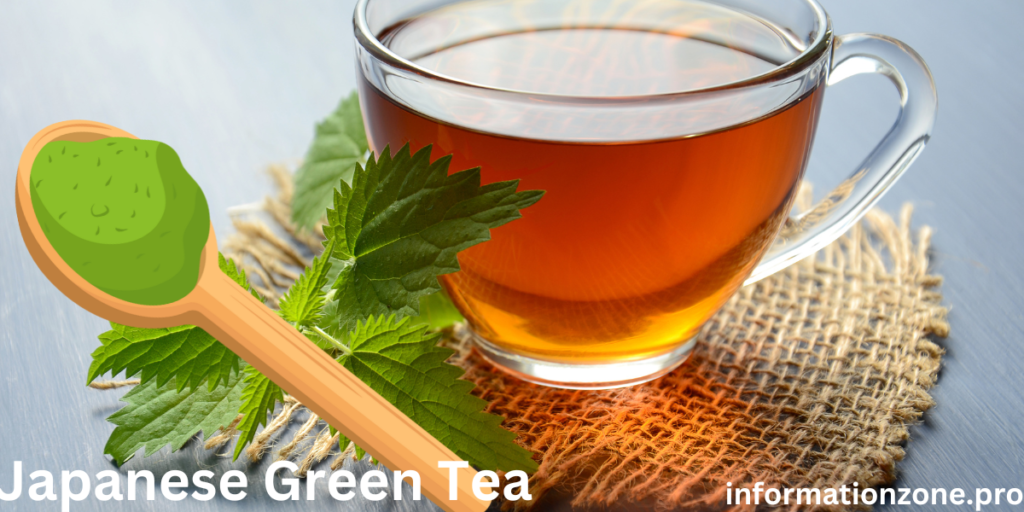
Too much brewing time can result in bitterness. Most Japanese green teas should only be steeped for one to three minutes, as a general rule. You can discover a balance that suits your taste by varying the temperature and the duration.
Trying new things can lead to exciting discoveries. You may maximize the health benefits of each cup while discovering a world of flavor subtleties by paying attention to these aspects. When the proper conditions are met, drinking tea becomes an astonishing experience.
Conventional versus contemporary brewing techniques
Japanese green tea has a long history of being brewed using traditional methods. Kyusu, a traditional teapot, and the usage of ceramic cups are examples of techniques that emphasize a cultural connection to the process. The emphasis is on delicacy—each subtlety is brought to life through delicate infusion at ideal temperatures.
Modern techniques, however, make this craft simpler. Busy lives are accommodated with electric kettles with temperature control and handy tea packets. Consistency is provided, although convenience may come at the expense of depth.
Brewing implements have also changed over time. Modern devices like infusers appeal to younger generations who want convenience without sacrificing flavor integrity, even though conventional whisks or chasen are still popular.
Many fans still favor the ceremonial method of traditional brewing in spite of these developments. Each approach has advantages, and when used properly, both can yield satisfying outcomes.
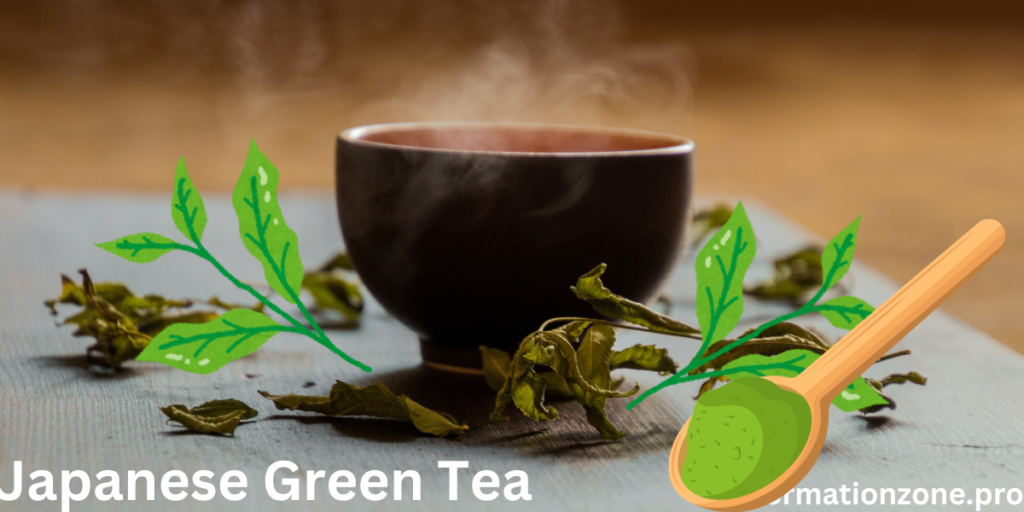
Advice for improving Japanese green tea’s taste and health advantages
Consider using natural sweeteners like honey or agave syrup to enhance the flavor of Japanese green tea. These can bring out the natural sweetness of the tea without dominating its subtle flavor.
Trying out different cuisines might also be fruitful. Your beverage gains brightness and freshness from the addition of a lemon slice or a mint sprig.
If you’re looking for health benefits, try adding superfoods like matcha powder to yogurt or smoothies. This preserves the essence of green tea while increasing antioxidants.
Never undervalue the significance of using fresh ingredients. For maximum flavor and nutrients, choose premium leaves; they add a whole new dimension to each drink.
Serve light appetizers like edamame or rice crackers with your tea. This creates a whole experience that honors Japanese culture by balancing taste and nutritional benefits.
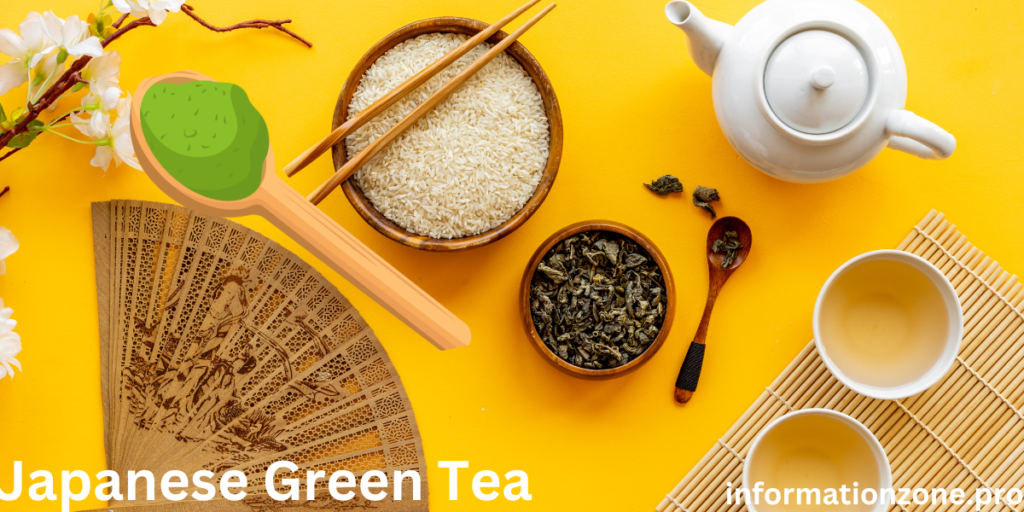
Conclusion
With its diverse range of tastes and health advantages, Japanese green tea can improve your everyday routine. You may improve your tea experience by choosing wisely if you are aware of the subtle differences between the many varieties. To fully enjoy this delicious beverage, it is essential to pay attention to the water temperature and brewing time.
Both modern and classic approaches have their own special charms, regardless of your preference. Trying out different brewing techniques not only improves flavor but also allows you to customize your experience. For an added touch, don’t be afraid to add components like premium ingredients or extra garnishes.
Remember that Japanese green tea offers more than simply flavor as you start your trip; it’s a chance to practice mindfulness and connect with the abundance of nature. Enjoy every drink, discover new types, and relish every amazing moment this age-old custom adds to your life.




